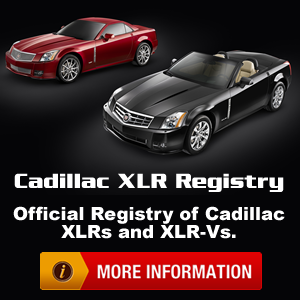Kennadian
Seasoned Member
I imagine somewhere on the cpu unit there is a place where 4 connections are made for the tire pressure sensors. On my 05 XLR the left front tire is actually reading the right rear tire pressure. I discovered this when I got a low pressure warning and filled the indicated tire only to find that it changed a different tire's reading!!! Wha......
Does anybody know where these connections are made so I can investigage and get it corrected?
Does anybody know where these connections are made so I can investigage and get it corrected?










